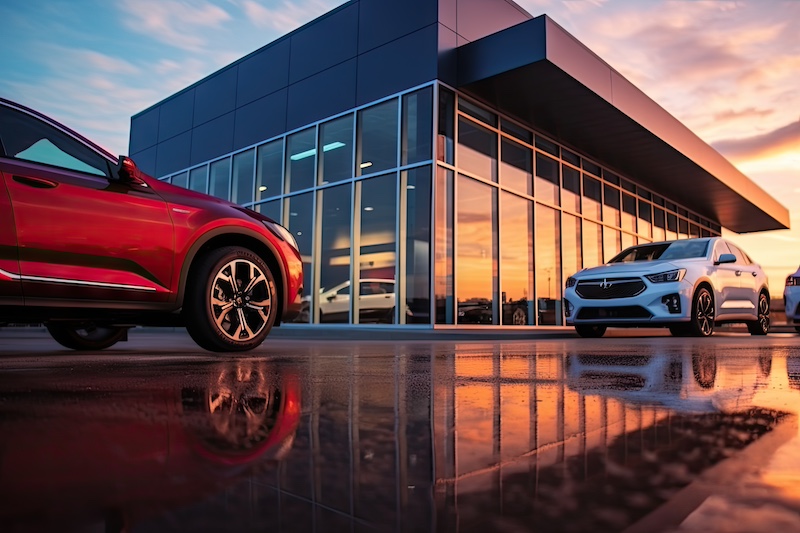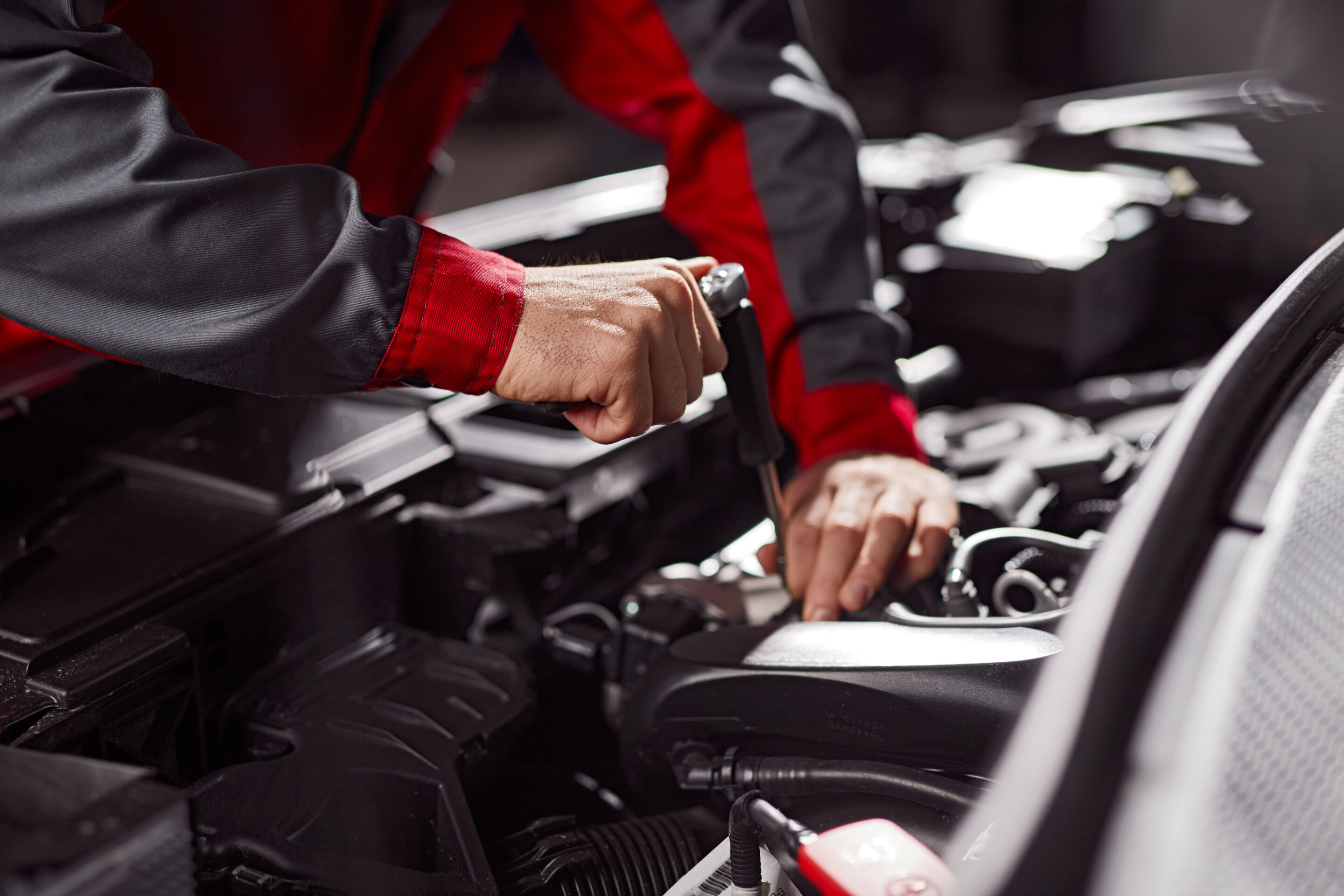In 1995, when the first online car-buying program was made available to the general public, the premise was two-fold. The idea was to use the Internet as a way to provide consumers upfront pricing within a customer-satisfaction oriented buying process. This new streamlined program was geared toward easing the perceived car-buying pains by employing a network of forward-thinking dealers. These dealers would service many ready-to-buy customers at lower acquisition costs and reducing the cost per sale. This allowed customers to bypass the dealership’s front door and the stereotypes that went with it. Dealers had the opportunity to separate themselves from competitors by being one of only few who had the foresight to provide shoppers with a more customer-friendly sales process; a win-win for both parties.
Since then, the online car-buying revolution has blown past all early expectations. Eighty percent of buyers research online before their next car purchase. With such a profound statistic, it is mandatory that dealers have a comprehensive, well-thought-out online presence.
Online usage among car shoppers has proven how desperately they desired an easier, less stressful path to ownership. Many dealers now realize the efficiencies of online versus traditional marketing, and have reallocated advertising dollars to reduce expenses and reach more potential sales.
So here is the question: How far have you progressed in cost saving and customer satisfaction?
Dealers have transitioned a lot of customer acquisition efforts online. They have a website and solid Internet marketing plan. Additionally, dealers maximize online visibility by continually\ refining their inventory-merchandising formula, social media plan of attack and reputation management procedure. To ensure that dealers continue to be seen, heard, remembered and easy-to-reach, a person or department handles incoming and outgoing responses to consumers. All of these “nuts and bolts” are essential to operate more efficiently.
But what about the people aspect? When was the last time you as a dealer re-evaluated, redesigned and blueprinted your customer follow-up process, ensuring maximized consumer responses and conversation?
Dealers can have the greatest online presence, but how many sales are falling through the cracks due to response time, quality and long-term follow up that have lacked attention? Negative consumer feedback and low-closing rates dictate that there is room for improvement. Dealers must ask themselves regularly “are our sales numbers reflective of our online marking efforts?” If not and there is a looming concern over marketing investment, leads generated and sales, then dealers must take the time to identify where potential sales are imploding.
Points to consider: Is it our response time? Is it our response quality? Is it our phone and appointment-setting skills? Is our overall sales follow-up process undefined, undocumented or murky?
Dealers must have a standard, trackable process allowing them to see where the kinks in the sales process lie.
Take time to go through all of the above and know that the dealership process delivers the results the dealer and customer are looking for – sales and satisfaction.







